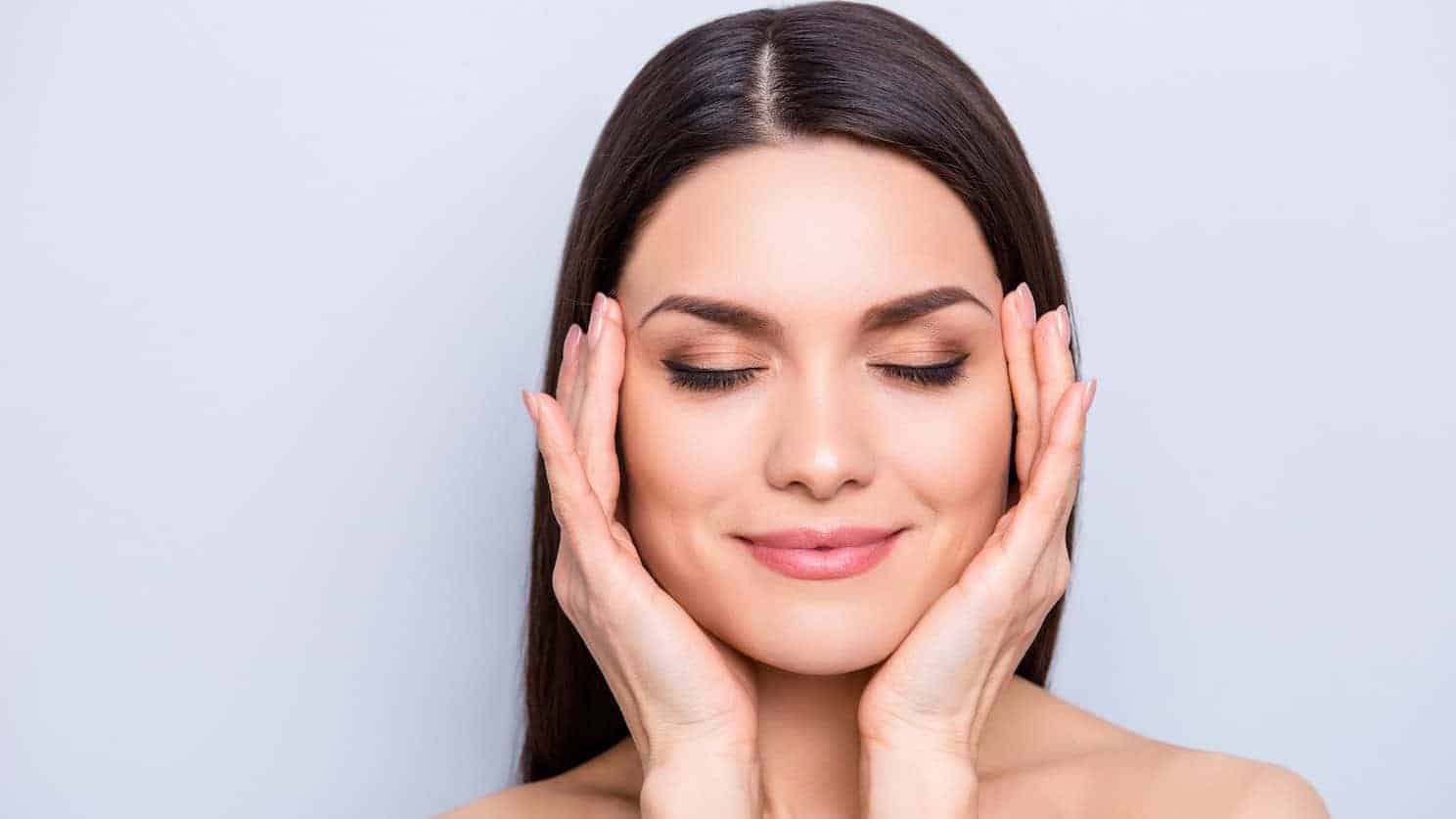Wrinkles are caused by ageing skin. Ageing is inevitable, but premature ageing of the skin can be prevented.
Most premature ageing is caused by exposure to the sun. This is especially true for Australians who, according to research published in the Medical Journal of Australia, can suffer from premature ageing of the skin as early as their 20s. Other research shows that as much as 80% of skin ageing can be attributed to sun exposure.
Skin gradually loses its natural elasticity and suppleness because the proteins and connective tissue that help keep it strong and supple, collagen and elastin, weaken, fragment and eventually break down. Gravity also contributes to the skin sagging and looking old.
Smoking and habitual facial expressions—grimacing, squinting, frowning and smiling—also contribute to facial wrinkles.
All these elements combined result in wrinkles on your face and body.
Prevention
Wearing sunscreen as part of your daily skincare routine is the single most effective way to prevent photo ageing and premature wrinkling. Since the sun protection factor or SPF in sunscreens is a poor indicator of their ability to prevent photo damage, look for sunscreens containing zinc oxide or titanium dioxide that have a high UVA blocking ability.
Eating a balanced diet, not smoking, having a good skin care regime, exercising regularly, and drinking lots of water can help prevent further skin damage.
Treatments
Previously, people who developed wrinkles at an early age had to live with them for the rest of their lives. Now, thankfully, there are many and varied non-surgical treatments, technologies and applications available to treat wrinkles.
Skin care treatments can be divided into broad categories according to how they prevent or remove wrinkles.
- Anti-wrinkle injections – anti-wrinkle injections are a prescription medicine, which, when injected into a muscle, blocks nerve impulses, reducing the muscle activity that causes wrinkles.
- Dermal fillers – When injected into the dermis, fillers help smooth fine lines and wrinkles by plumping out the skin. There are many fillers available in Australia. The area being treated, the volume needed, and the time frame for re-treatment will depend on the product used.
- Dermal stimulants – When injected into the skin dermal stimulants gradually produce new collagen. The results of the stimulation last indefinitely.
- Fat transfer – Excess fat is harvested from one part of the body and injected to a part that needs enhancement or filling. Fat is removed through liposuction, purified and then reinserted into the new area. Sometimes fat can be reabsorbed back into the body. Discuss this possibility with your doctor before signing up for the procedure.
- Laser resurfacing – A wavelength of light removes microlayers of surface skin that have been scarred or damaged, exposing the fresh layer of skin underneath. Depending on the type of skin damage, different types of lasers can be used for treatment.
- Intense pulsed light (IPL) – IPL uses a broad spectrum of light to heat the skin, stimulating the production of collagen. Pulsed light is useful for smoothing wrinkles, creating an even skin tone and correcting damage from sun exposure.
- Microdermabrasion – A device that employs fine crystals to remove top layers of dead skin cells is used to diminish the appearance of fine lines and uneven pigmentation. The skin looks smoother following treatments. Microdermabrasion can also be used as a scar healing treatment.
- Vibraderm – Like microdermabrasion, Vibraderm works by exfoliating and stimulating the production of natural collagen. It is suitable for treating fine lines, poorly textured skin, clogged pores and acne scars.
- Chemical peels – A wide variety of brands available in the market use chemicals such as glycolic acid or trichloroacetic acid or a combination of chemicals to improve the texture of the skin. Chemical peels are useful in erasing fine lines, discoloured skin, sun damage, light freckles or scars. The type of peel chosen should suit the specific skin condition requiring treatment.
- Topical skin care products – Cosmeceuticals are skin care products that contain active antioxidant ingredients such as Vitamins A, C and E, AHAs (alpha hydroxy acid) or BHAs (beta hydroxy acid). Usually these are used at home, incorporated into a daily skincare routine to improve the appearance of wrinkles, skin tone and pigmentation.
- Oral products – Plant-derived antioxidants that work against the ageing process are present in green tea, soy, pomegranate, grape seeds, red wine, fruits and nuts. Lesser-known sources of antioxidants include kernels of the date palm, gingko biloba, lemon oil, and kojic acid from mushrooms.
Selecting treatments that best suit you
There are a large variety of treatments and products available to choose from and it can be difficult to determine what is best for you. Just as you would shop around for a good surgeon to perform cosmetic surgical procedures, you should obtain professional advice regarding non-surgical cosmetic treatments. Make sure to choose a reputable professional or organisation to perform these treatments.
